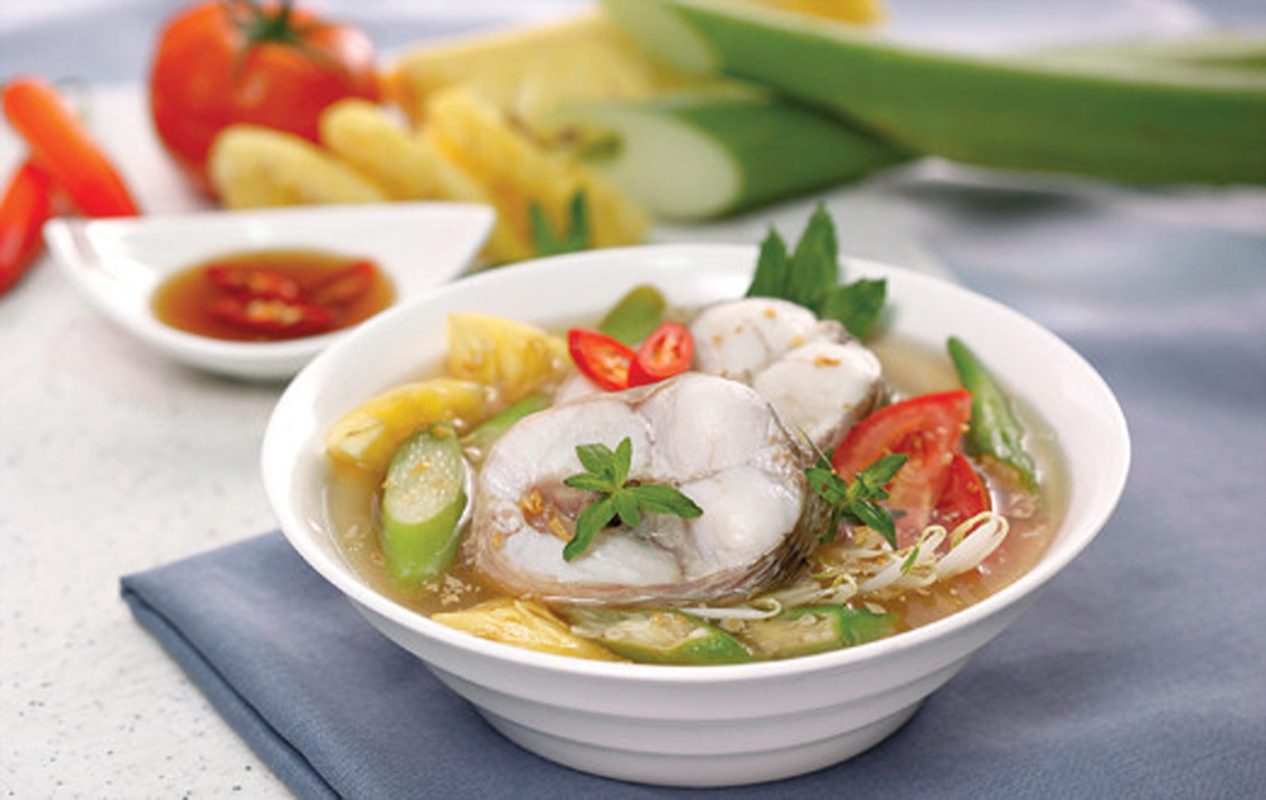No products in the cart.
[Nguyên Liệu Nấu Bánh Bao Oyaki Kiểu Nhật, Các Bước Nấu] Bánh bao Oyaki là một món ăn truyền thống của Nhật Bản, được làm từ bột mì và nhân được bao bọc trong một lớp vỏ mỏng. Món ăn này thường được ăn kèm với trà xanh và rất được yêu thích bởi hương […]


